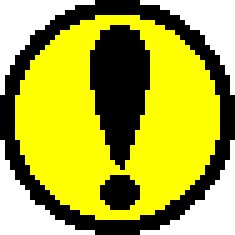There are mainly four types of data produced on the sound side: tone data, DSP program, sequence data, and sound driver.The other three are created by the sound producer himself.
Recorded in the tone data is information such as the waveform data of all sounds, volume envelopes, LFOs for volume and pitch, amount of send to effects, panning, and key span.
These are the data required to treat the Sega Saturn board as a MIDI sound source.
The waveform data to be incorporated into the tone data is created using commercially available waveform editing software (Alchemy, SoundDesigner II, etc.) or a waveform editor (a waveform editing tool developed by Yamaha for Sega Saturn sound production). The tone data is then edited and created using the Tone Editor (a tone data creation tool developed by Yamaha).
A DSP program records information about what effects should be connected, how they should be connected, and the parameter settings.
For example, connect reverb after delay, set the delay time to 150msec, and make the reverb light. DSP programs are edited and created using the DSP linker (an effect program creation tool developed by Yamaha).
Sequence data records information about the height (pitch), length (gate time or duration), and strength (velocity) of each note in a song. Sequence data files created with Vision, Performer, etc. cannot be directly installed on the Sega Saturn board; several steps must be taken.
First, create a standard MIDI file using Vision or Performer.
Then, by compressing the data and concatenating the compressed files using a sound simulator, it becomes sequence data that can be incorporated into the Sega Saturn board.
When developing sound on the Sega Saturn, it is essential to have the knowledge to create three things: tone data, DSP programs, and sequence data.
It is important to know how to use the software and tools named here.
Please refer to other documents for instructions on how to use each tool.

 ★ FAQ ★ Sound related
★ FAQ ★ Sound related